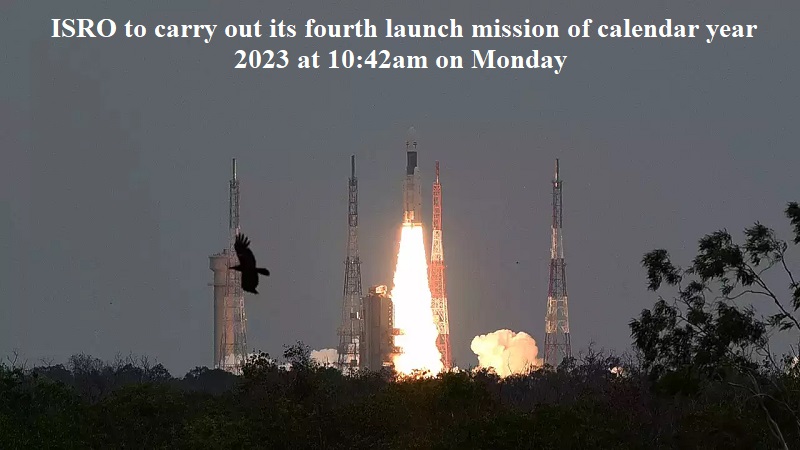
ISRO, the Indian space agency, is scheduled to conduct its fourth launch mission of 2023 on Monday, May 29 at 10:42 am local time. During this mission, ISRO will use its medium-lift launcher, the Geosynchronous Satellite Launch Vehicle (GSLV), to deploy a 2,332kg navigation satellite into a Geosynchronous Transfer Orbit (GTO).
The GTO serves as a temporary parking orbit where the satellite is placed by the rocket. From there, the satellite will utilize its onboard propulsion systems to perform maneuvers and raise its orbit until it reaches its intended position independently.
The navigation satellite, named NVS-01, is the first in a series of second-generation satellites developed by ISRO’s UR Rao Satellite Centre in Bengaluru. Currently, India utilizes its Navigation with Indian Constellation (NavIC) satellites for civilian and defense navigation, positioning, and timing services within India and up to 1,500 kilometers beyond its borders.
ISRO stated that the NVS series of satellites will enhance and expand the services offered by NavIC. The series incorporates L1 band signals to provide wider services, and for the first time, it will include an indigenous atomic clock on board NVS-01. Atomic clocks are extremely precise timekeeping devices installed in satellites, offering measurements accurate to nanoseconds. This precision is essential for providing accurate positioning services.
When calculating position using satellite-based navigation, the distance is derived from the time taken for the signal to travel multiplied by the speed of light. Even a billionth of a second variation in timekeeping can result in inaccurate distance calculations by several meters or tens of meters. Therefore, atomic clocks with nanosecond-level accuracy are necessary for long-term error-free timekeeping.
Previously known as the Indian Regional Navigation Satellite System (IRNSS), the NavIC series provides two types of services: Standard Positioning Service (SPS) for all users and Restricted Service (RS), which is an encrypted service limited to authorized users.
The applications of the IRNSS/NavIC system include terrestrial, aerial, and marine navigation, disaster management, vehicle tracking, fleet management, and precise timing. ISRO states that NavIC SPS signals are interoperable with other global navigation satellite systems such as GPS, Glonass, Galileo, and BeiDou.
ISRO’s first-generation NavIC satellites, consisting of eight satellites, were launched in phases between 2013 and 2018 using PSLV rockets. These satellites weighed 1,425kg each and carried foreign atomic clocks. The satellites included navigation and ranging payloads. The navigation payload transmitted signals for position, velocity, and time determination, while the ranging payload contained a C-band transponder for accurate range determination.

Post Your Comments